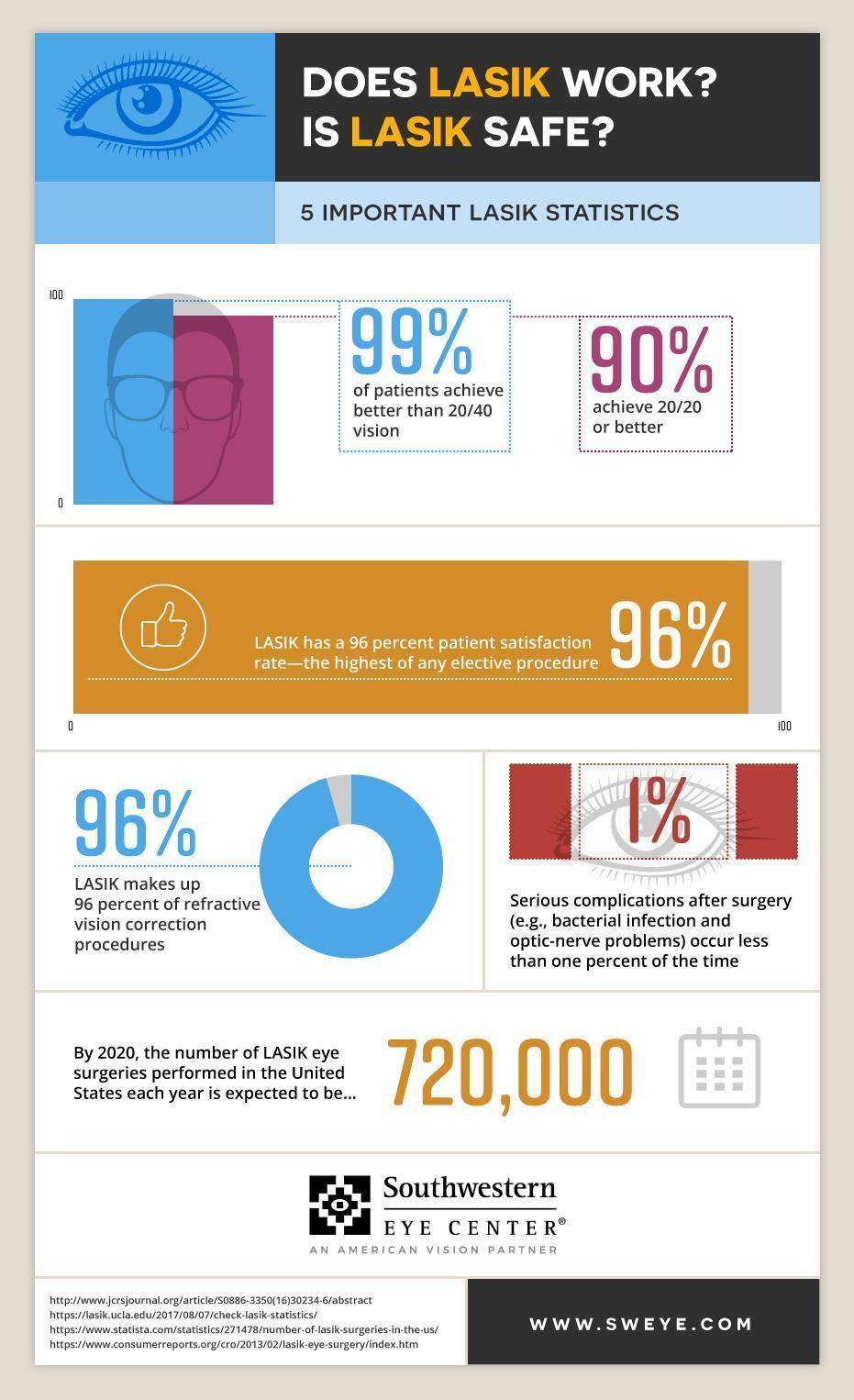Article Composed By-Valentin Schofield
Have you ever before took into consideration Refractive Lens Exchange (RLE) as an option for vision correction? While it isn't as extensively reviewed as LASIK, RLE could be a game-changer for your eyesight. https://www.google.com/maps/place/ClearSight+LASIK+%26+Lens+Plano/data=!4m2!3m1!1s0x0:0xc3e889b4b130e5a7?sa=X&ved=1t:2428&ictx=111 ignore its benefits, thinking traditional approaches are their only option. Yet what are the actual advantages, and what might your ophthalmologist not be telling you regarding this procedure? Allow's explore the ins and outs of RLE with each other.
Comprehending Refractive Lens Exchange: The Basics
Refractive lens exchange (RLE) is a surgical procedure that can considerably enhance your vision, especially if you're dealing with presbyopia or severe refractive mistakes.
During RLE, your eye doctor removes your eye's all-natural lens and replaces it with an artificial one customized to your vision needs. This treatment can remedy nearsightedness, farsightedness, and astigmatism, offering you more clear vision without depending on glasses or get in touch with lenses.
https://www.perthnow.com.au/lifestyle/health-wellbeing/the-truth-about-laser-eye-surgery-ng-b88854591z is usually quick, taking less than an hour, and many people experience marginal discomfort. Recovery is reasonably quickly, allowing you to return to your daily tasks shortly after.
If you're thinking about RLE, speaking with your optometrist can assist you establish if it's the ideal selection for you.
Trick Distinctions In Between RLE and Standard Cataract Surgery
While both refractive lens exchange (RLE) and traditional cataract surgery include replacing the eye's natural lens, their key goals and person profiles vary substantially.
RLE is targeted at people looking for to minimize their reliance on glasses or contact lenses due to refractive errors, usually before cataracts develop. On the other hand, typical cataract surgical procedure typically targets clients who've created cataracts, which shadow the lens and harm vision.
The lenses used in RLE can offer a broader range of vision correction, while common cataract surgery generally entails standard monofocal lenses.
Additionally, RLE prospects are frequently younger and in excellent general wellness, whereas cataract clients may be older and have other wellness problems.
Picking the ideal procedure depends upon your specific vision demands and conditions.
Possible Benefits and Considerations of RLE
If you're considering refractive lens exchange (RLE), you'll locate numerous possible benefits that may enhance your lifestyle.
RLE can offer you with more clear vision, minimizing or eliminating the requirement for glasses or call lenses. It provides a possibility to address presbyopia and other refractive errors at the same time, usually enhancing your total visual acuity.
In addition, RLE can be a fantastic option if you're not an appropriate candidate for LASIK. Nonetheless, it is very important to evaluate the factors to consider, like the price, potential risks, and the recovery period.
Reviewing your particular requirements with your ophthalmologist can aid you make an informed choice, ensuring you choose the most effective course for your vision adjustment.
Conclusion
Finally, refractive lens exchange uses an unique service for vision improvement that surpasses what LASIK can supply. It's essential to weigh the advantages against prospective dangers and prices before deciding. Don't wait to ask your ophthalmologist the hard inquiries to guarantee you totally recognize the procedure and its effects for your vision. With the ideal information, you can with confidence choose the very best option for your eyes and way of living.

